Germanwings crash: Rescuers discover a 'picture of horror' on French mountainside
Airbus A320 sent out no distress signal before flying headlong into the side of a 9,000ft peak
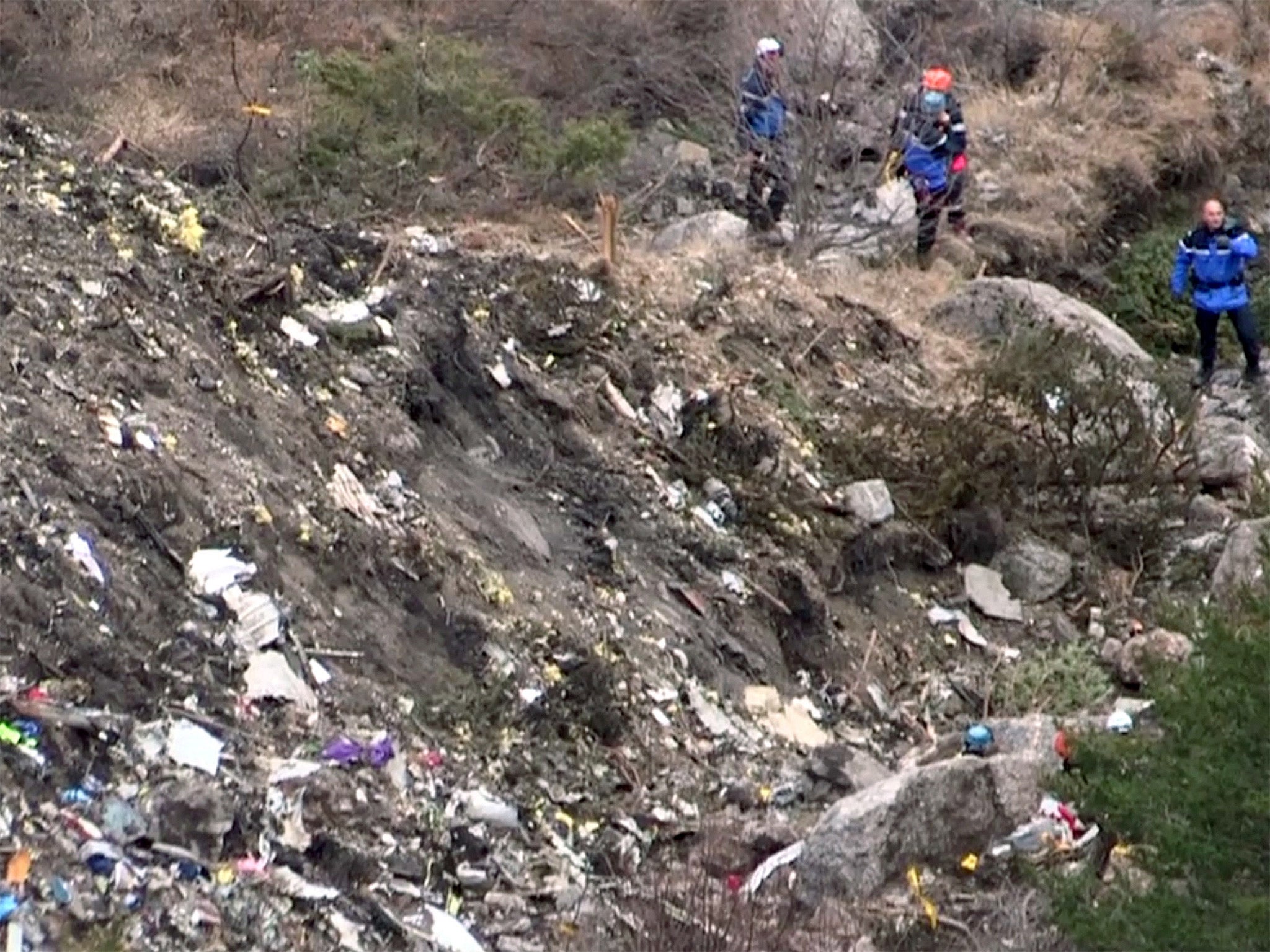
Rescuers and officials last night spoke of the “picture of horror” on the French mountainside where a German airliner crashed in mysterious circumstances, killing all 150 people on board.
The Germanwings Airbus A320 sent out no distress signal before flying headlong into the side of a 9,000ft (2,743m) snow-covered peak in the French Alps.
None of the 144 passengers and six crew aboard the flight from Barcelona to Dusseldorf – including a German school party of 16 pupils and two teachers – are believed to have survived the impact. “The aircraft was pulverised,” one rescue worker said last night. “Even the bodies are unrecognisable.”
Germany’s Foreign Minister, Frank-Walter Steinmeier, who was flown over the area, said the crash site was “a picture of horror,” adding: “The grief of the families and friends is immeasurable. We must now stand together.”
Flight 4U 9525 vanished from radar screens at about 10.53 am local time yesterday, 52 minutes after take-off from Barcelona. After reaching its cruising altitude, it steadily shed height for eight minutes – and veered slightly off course – without reporting a problem or sending a “Mayday” signal.
The French Prime Minister, Manuel Valls, said: “No explanation for the crash can be excluded at this stage.” The Interior Minister, Bernard Cazeneuve, refused to speculate on the causes of the disaster and urged “caution”.
It emerged last night, however, that a French fighter jet had been scrambled to search for the flight during the eight minutes in which it lost height and veered off course. Officials told the Le Monde website that this was a precaution in case the airbus had fallen victim to an act of terrorism. At this stage, there was no evidence that this was what had happened, officials said.
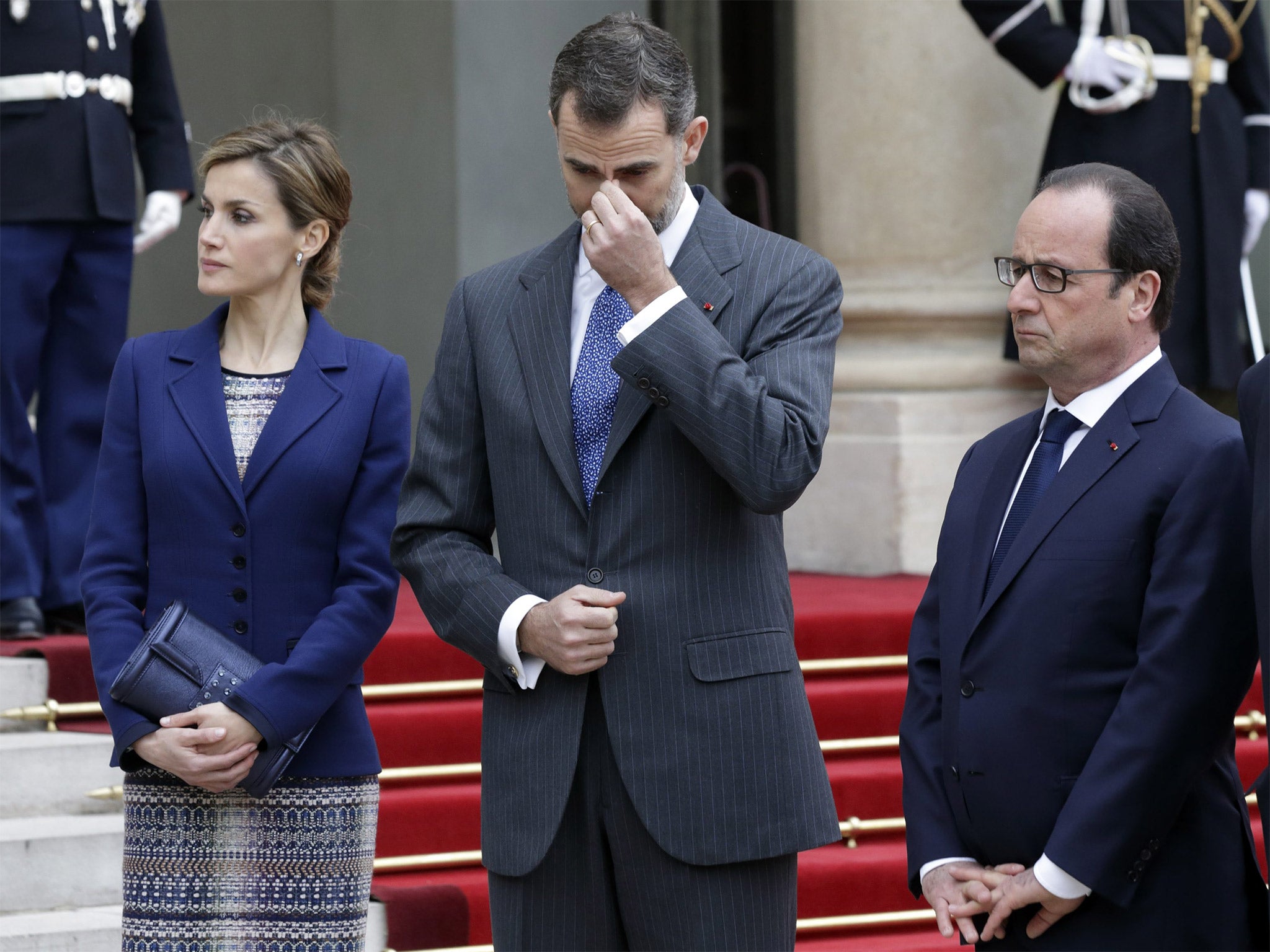
Rescue workers last night located one of the aircraft’s two black box flight recorders. Mr Cazeneuve said that he hoped it would explain the mystery of the crash “within a few hours”. French authorities, following standard procedure, opened a criminal investigation for manslaughter.
The crash was the first suffered by a cut-price airline in Europe. It was all the more disturbing for involving the type of standard aircraft, and the kind of cheap flight, which now criss-cross European airspace every day.
Germanwings is the low-price arm of the German flag-carrier Lufthansa. The victims are believed to include 63 Germans and 45 Spaniards, including two babies. A “devastated” German Chancellor, Angela Merkel, is to visit the crash scene in the Alpes-de-Hautes-Provence today. She will be accompanied by President François Hollande and the Spanish Prime Minister, Mariano Rajoy.
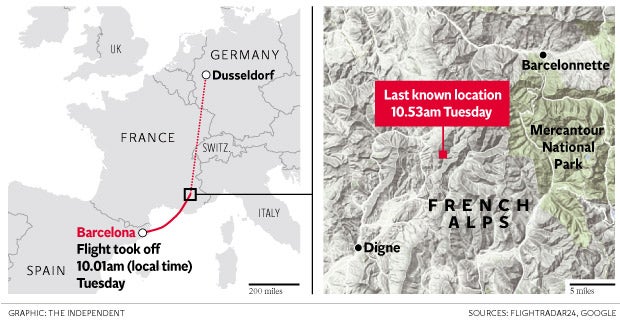
The plane crashed above the snowline of the Estrop massif, near the small town of Barcelonette. A local mountain guide said: “I took a dozen gendarmes up to the crash scene. From the Mariaud pass, I could see the wreckage. It was obvious to me that the plane had flown directly into the side of the mountain.”
Aerial images posted on the internet last night showed the plane had disintegrated. Wreckage was scattered all over the mountainside, suggesting that the pilots had not attempted any kind of emergency landing.
The local MP, Christophe Castaner, flew over the crash-scene in mid-afternoon in a helicopter with Mr Cazeneuve. He tweeted: “A horror. The plane is totally destroyed.”
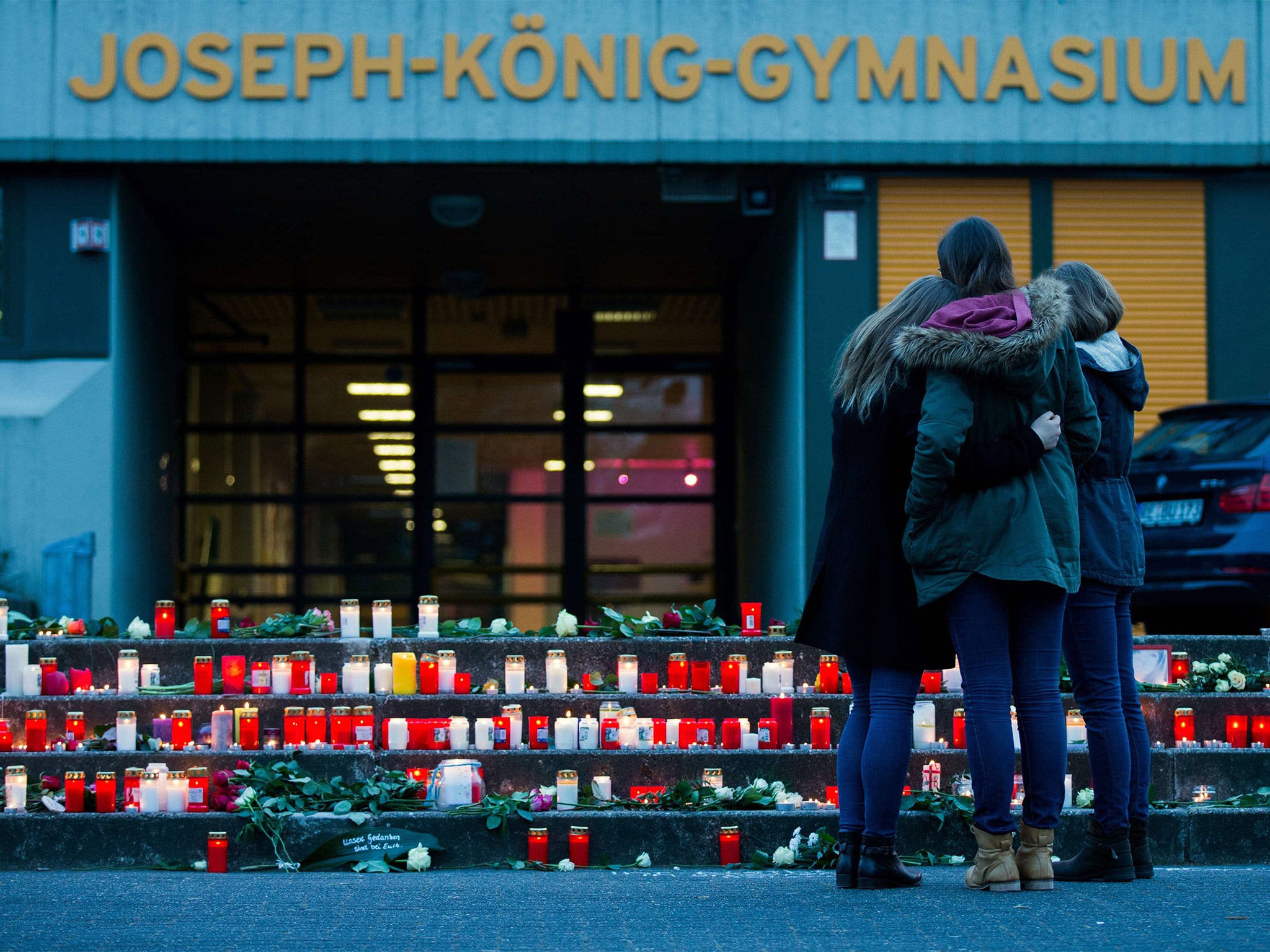
Colonel Jean-Paul Bloy, a senior gendarmerie officer, who had reached the scene said: “The debris is scattered over a hectare (two and a half acres). There are a dozen large pieces of wreckage. The rest is scattered widely. It could take us several days to evacuate all the bodies.”
Gendarmerie general David Galtier dismissed a report on a local news site that a survivor had been spotted from the air. “Unfortunately, for the moment, there are no survivors,” he said. “Our first problem will be the identification of the bodies.”
It was initially reported that the pilots of Flight 4U 9525 had sent out a distress signal. This was later contradicted by the French civil aviation authority, the DGAC. “The aircraft did not itself make a distress call but it was the combination of the loss of radio contact and the aircraft’s descent which led the [air traffic] controller to implement the distress phase,” a spokesman said.
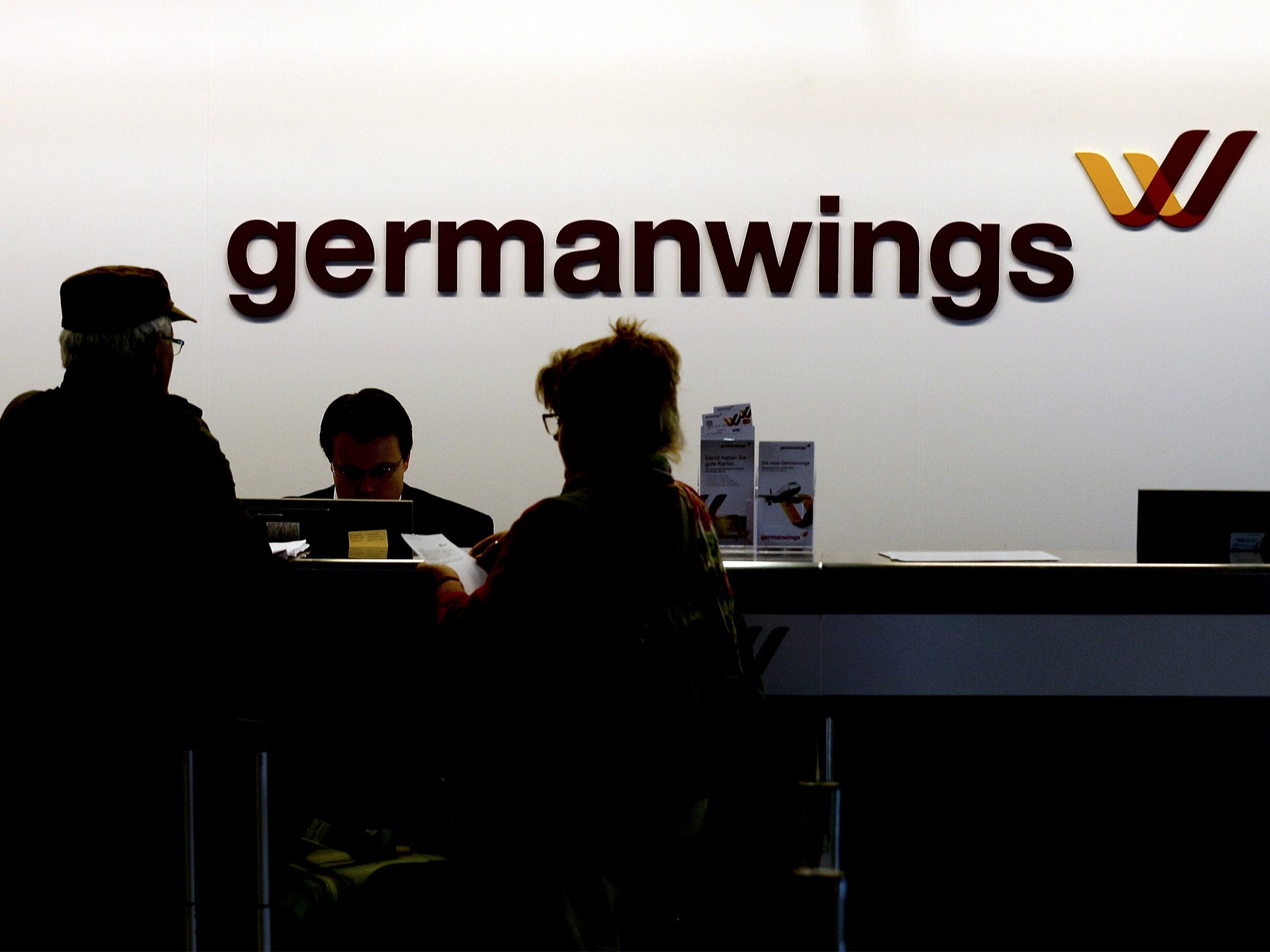
The chief executive of Germanwings, Thomas Winkelmann, told a press conference that the plane had slowly descended from its cruising height for eight minutes before it disappeared completely from air traffic control radar screens. He said the plane, though old, was in excellent condition and the cockpit crew very experienced.
The A320 airbus which crashed had previously been operated by Lufthansa and was 24 years old – only one year short of the normal lifespan of a short-range airliner.
Why the plane should have lost – rather than gained – height as it approached the high Alps from the Mediterranean will be at the centre of separate air accident and criminal investigations in France. The mystery is all the deeper because the plane’s pilots made no attempt to report a problem or a fault.
More than 200 police and emergency response officers – including teams specialised for work in the mountains – converged on the crash scene. The recovery of bodies may be long and hazardous. The crash site is three miles from a road.
Sébastien Giroud, owner of a sawmill in Prads-Haute-Bléone, said that he had glimpsed the plane for two or three seconds as it struggled over his village. “It was very low, only 1,500 or 2,000 metres and it seemed to be falling,” he said. “I said to myself: ‘That’s not going to make it over the mountains.’”
Following the crash, the three-day state visit of King Felipe VI and Queen Letizia of Spain to France has been suspended.
Join our commenting forum
Join thought-provoking conversations, follow other Independent readers and see their replies
Comments